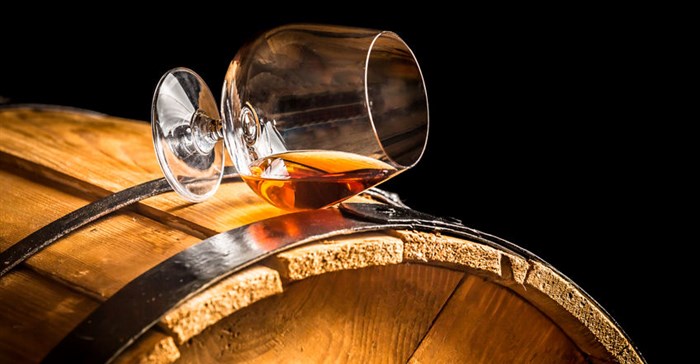Government's decision to introduce a differential excise tariff for pot-still and vintage brandy has been welcomed by the brandy industry. To be phased in over two years, the excise rate will be lowered by a 10% differential to the spirits excise tariff.
Christelle Reade-Jahn, director of the SA Brandy Foundation, said the change was definitely a step in the right direction. "It will help to premiumise the category and also provide the impetus for building brandy exports." The government's decision follows input from the brandy industry during the recent South African alcohol tax policy review process that was opened to public participation.
South Africa is the world's seventh largest producer of brandy by volume and its focus has been primarily on the domestic market. However, demand has been steadily contracting in recent years. Since 2006, when the brandy tax rebate was withdrawn, annual consumption has dropped by 18.5 million litres, to reach 30.2 million litres for the 12 months to June 2015.
Implications for economy
With five litres of wine required to produce one litre of brandy, this has had serious implications for the economy and for job opportunities in the local wine industry, which is one of the most labour intensive agri-sectors in the country.
The Department of Agricultural Economics at Stellenbosch University estimates that from 2006 to 2013, the brandy decline resulted in a loss of R1.56bn in economic value-add to the South African economy and a loss of 7,526 job opportunities throughout the economy.
Amongst those most affected has been a B-BBEE project in the Northern Cape, established to supply grapes to the brandy industry. The public/private partnership involving both the national and Northern Cape departments of agriculture and a community on the Orange River was established in 2010 to capacitate emergent farmers. Originally it was envisaged that 500ha would be planted to brandy grapes but to date just 87ha have been cultivated to meet demand.
Reade-Jahn added that the recovery of the industry would also have a positive knock-on effect for the wine industry. "For every 1% increase in brandy sales volumes, the price of distilling wine will rise by 0.9%, with obvious cash benefits for producers."
International reputation
Ironically, as sales have been sliding, the country's international reputation for brandy excellence has been steadily rising. South Africa is globally renowned for its brandies, made according to extremely stringent regulations. Three of the country's prominent players, Distell, KWV and Oude Molen are consistently awarded top prizes on international competitions. Over the past 25 years, at the International Wine & Spirit Competition alone, South Africa has claimed the Best Worldwide Brandy title no fewer than 15 times.
Despite the setbacks it has been experiencing, the brandy industry has been investing substantially to lift the reputational image of the category in the local market, establish educational initiatives, launch innovative products, run festivals and align with top names in local and international entertainment. The result has been a growth in the premium segment of the market and above, as more consumers respond to the exclusive and prestigious cues of pot-still brandies, made in the same way as Cognacs.
To further enhance the image of South African brandy, the industry has also been working to establish a naming convention for premium and super premium brandy in a way that is similar to what Cognac has done for its pot-still brandies. Creating a geographic identity for local speciality brandies will not only augment the moves to enhance the category's image in the domestic market but will assist the industry in a drive to build exports, said Reade-Jahn.






























